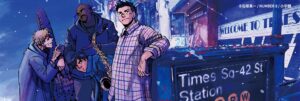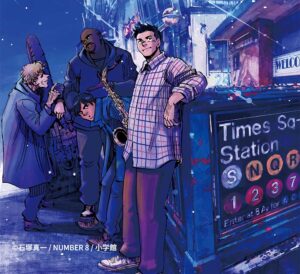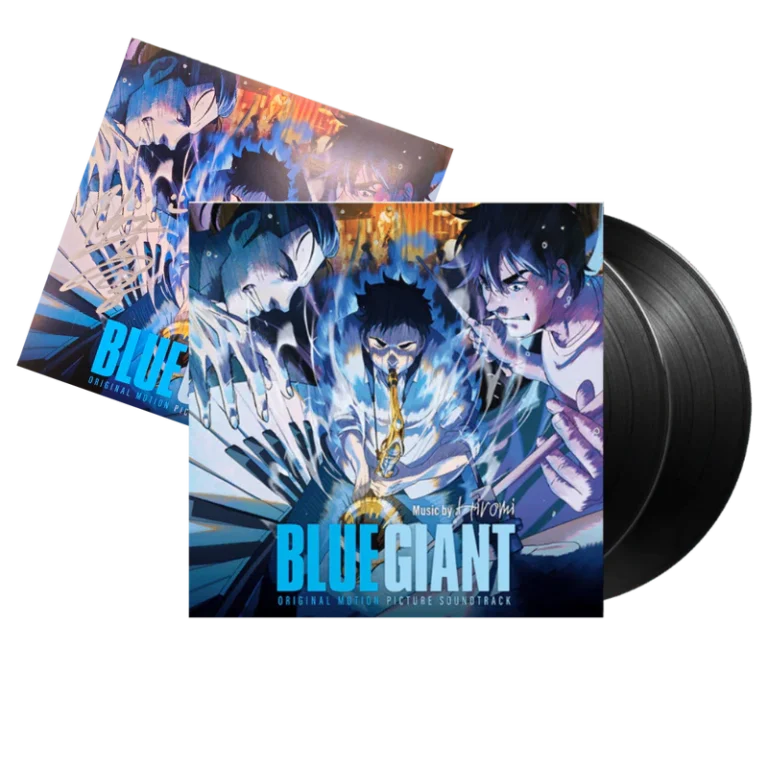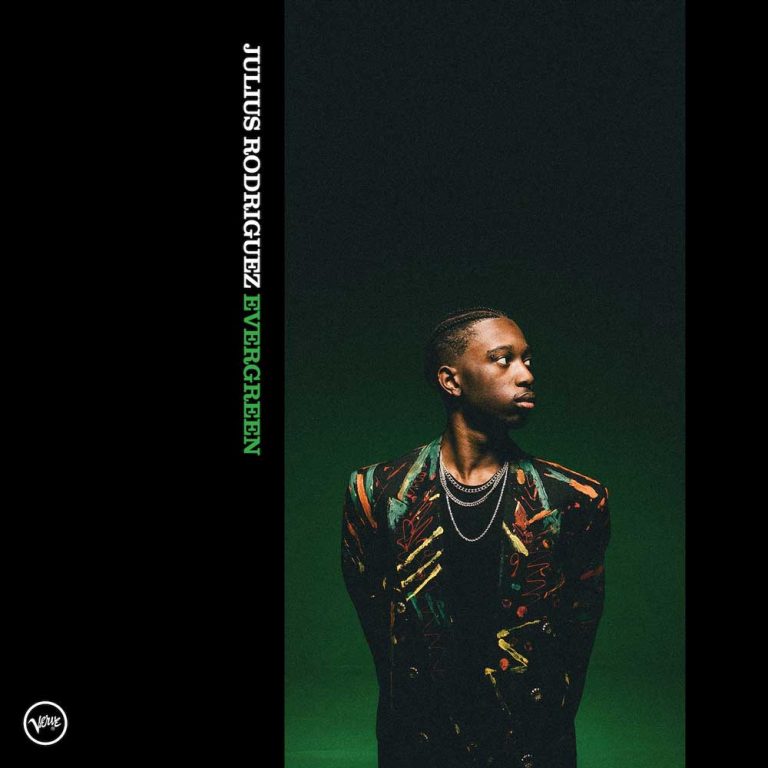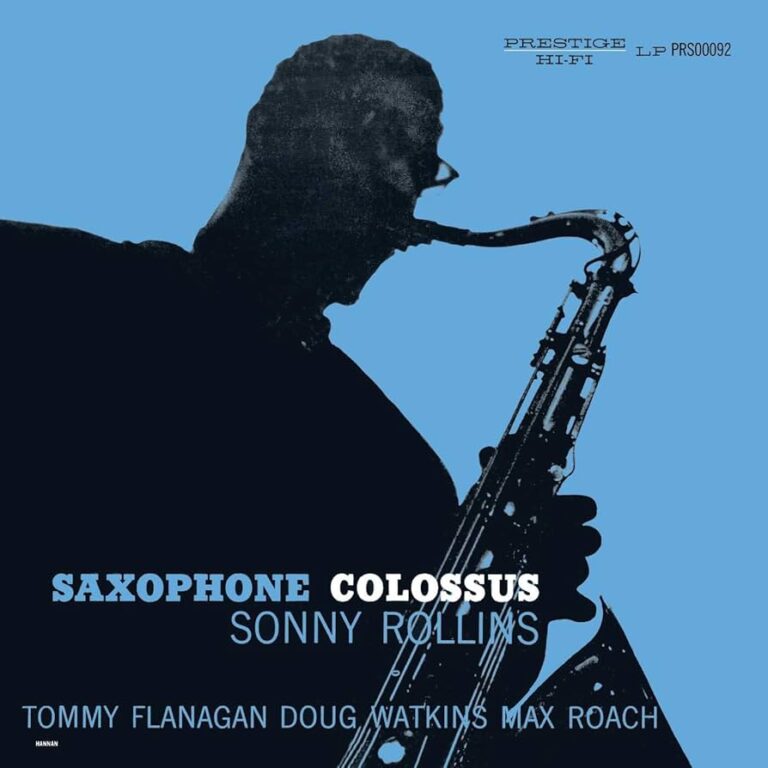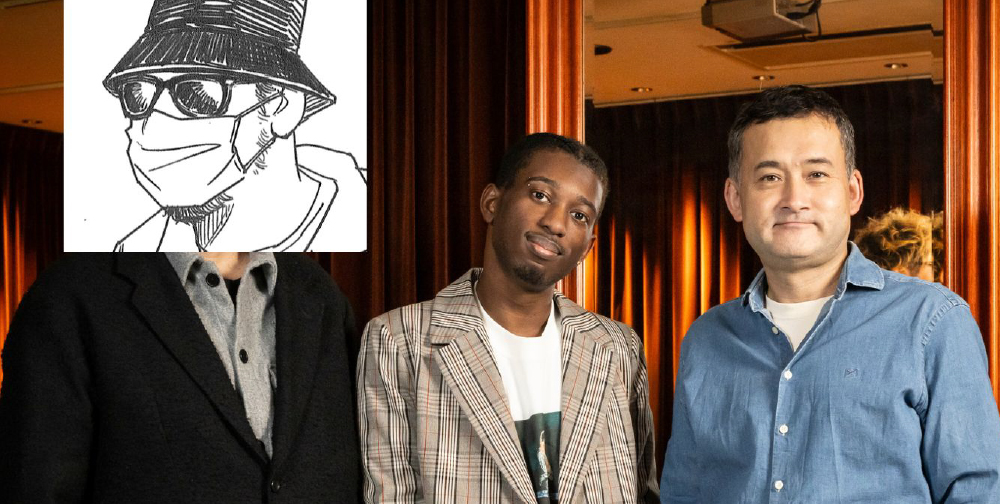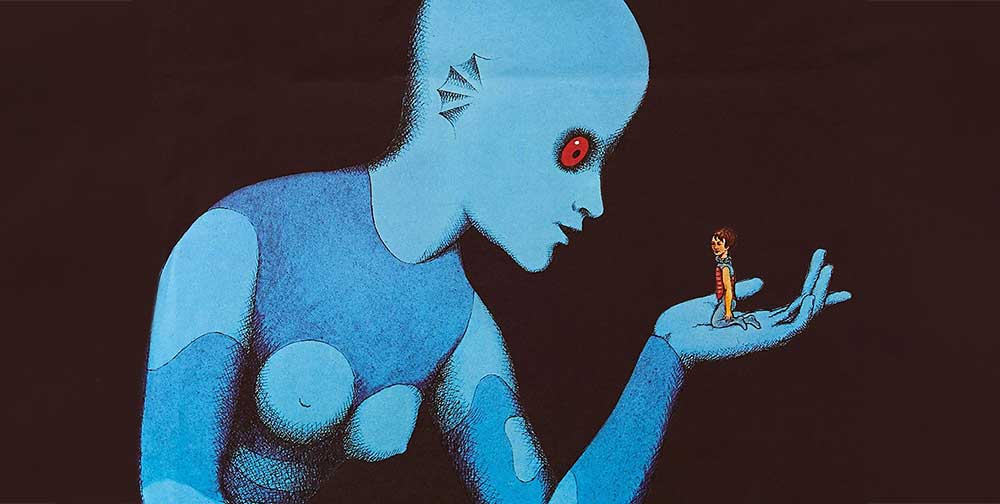How did you select the songs for “Blue Giant Momentum”?
Shinichi Ishizuka: I selected the music together with the director. Perhaps because we have similar tastes in music, we didn’t have any problems with the song selection. Jazz is a really broad genre nowadays, and I think people have different ways of perceiving it, but I like songs that have a catchy theme melody that you will remember.
It does feature more songs by active musicians than previous Blue Giant compilations.
I wanted to have today’s jazz represented as well. In addition to performances by Paul Chambers and John Coltrane, it also features songs by Samara Joy and Sons of Kemet. Jazz is truly a music of the world, and the main character, Dai Miyamoto, has traveled around the world and been exposed to various ideas of jazz. I had the desire to capture that variety of jazz from a broad perspective.
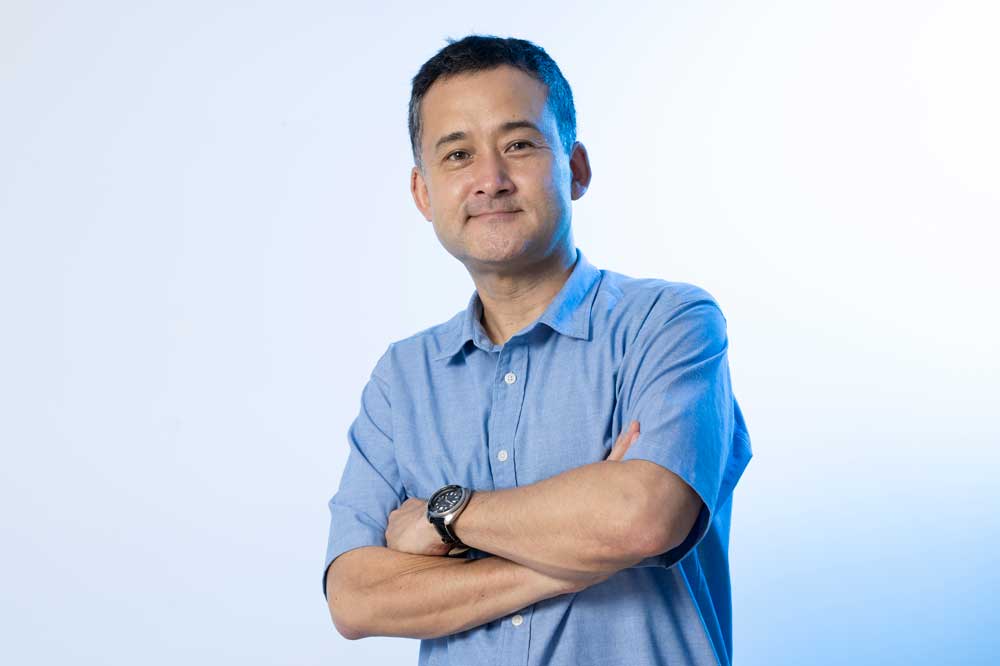
The original song “Momentum” was written and recorded specifically for this compilation.
In the manga, there is a scene where the main character, Dai Miyamoto, plays a song by Yukiori Sawabe, and that is “Momentum”. The recording features Julius Rodriguez on piano and Emilio Modeste on saxophone. “Momentum” is performed when the characters are about to take on the jazz scene in New York. The performance really lives up to the song title. It’s a first for me to have a manga with an original song, and I’m really happy about it.
Of the other 12 songs on the compilation, which one stands out the most?
Roy Hargrove’s “Strasbourg/Saint-Denis”. He’s one of my favorite musicians, and I feel this song has already become a classic. It’s one of those songs that’s really relatable and that everyone wants to play.
On YouTube, there are countless videos of young players covering “Strasbourg/Saint Denis”, and “Momentum” has already been covered by several up-and-coming groups as well.
That’s something I’m happy about. It’s a song with a simpler structure than the one used in the movie, and it may be easier for people to play. I like to see young musicians trying to play it. I sincerely hope that it will help the music spread even more.
In the series, “Momentum” is played by Dai Miyamoto Momentum – a quartet led by Dai Miyamoto, with Antonio Soto, Joe, and Zod. The saxophone is not rushing forward here; all four members are working together while underlining each other’s individuality.
Recently, I’ve come to think about how important it is in jazz that all members of a group are strong – not just the leader. I think this feeling will be reflected in my future works. In fact, the inner lives of the members of Dai Miyamoto Momentum other than Dai Miyamoto himself have not yet been revealed, and at the moment, there is a big difference in the stage of expression of the individual characters. From now on, I would like to unleash the relationship between the main character and the three of them and depict them all in a deeper way.
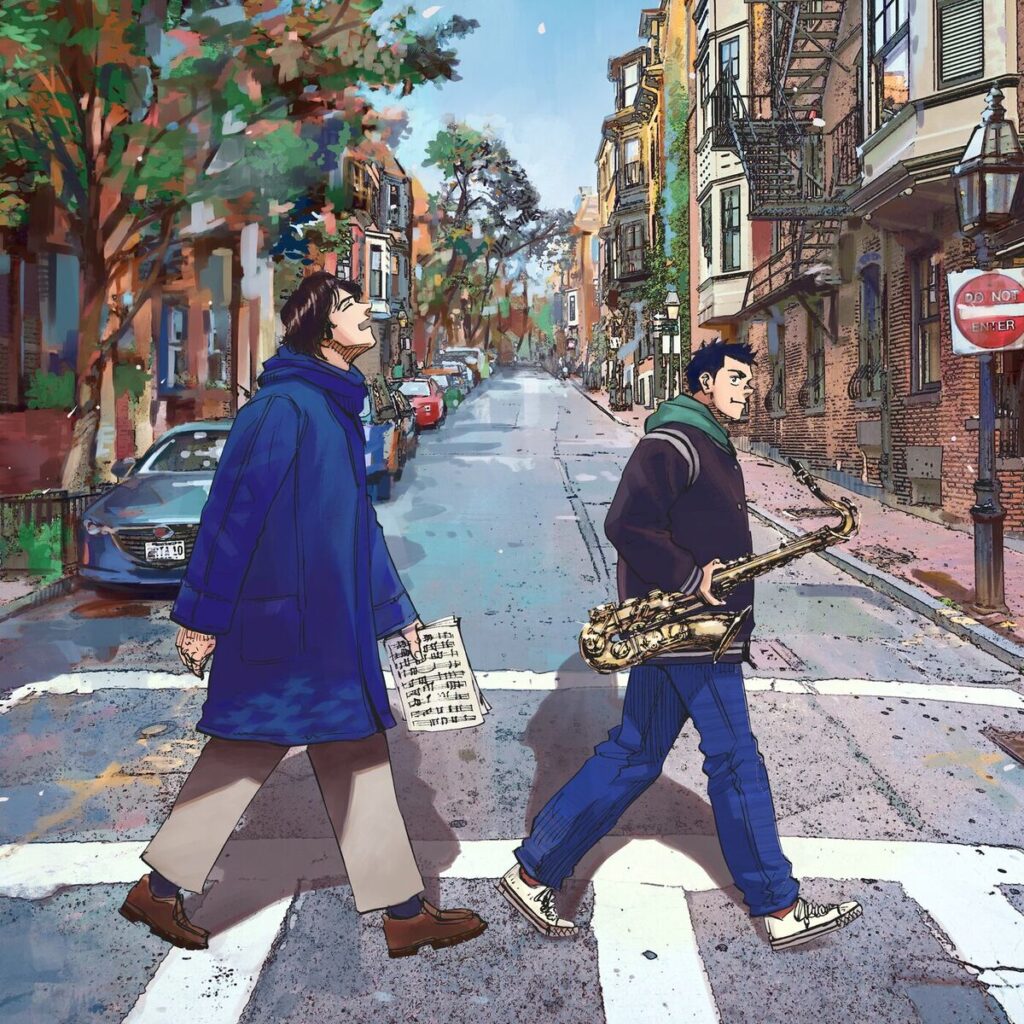
How did you actually first get into jazz?
A friend of mine had a copy of Sonny Rollins’ “Saxophone Colossus“. The cover was very impressive. When I put it on, I realized that the music wasn’t notated. I was attracted to that freedom. I was 20 years old, and I’d always listened to music, liked classical music, played guitar in pop bands and played folk songs, but when I heard “Saxophone Colossus”, I fell in love with jazz all at once.
I had another friend who played the tenor saxophone, so I borrowed a tenor from a music store and started practicing with an instruction book. As I listened to all the recommended albums, the world of jazz expanded even more. Now I became interested in pianists and drummers, and the list became endless. (laughs) I found it interesting that everyone had a different style. Until then, I hadn’t really listened to different people’s styles of playing.
When I went to college in San Jose, USA, I took a class called “History of Jazz.” In that class, I learned that jazz is all about individual human beings. The experience during this period has greatly contributed to the creation of Blue Giant and manga in general. And then I came across a Blue Note photo book…
The one with all the iconic square photographs by Francis Wolff.
They may just be pictures of a person and a musical instrument, but they had such an impact on me. For example, the composition where the face is slightly hidden by the instrument is so cool.
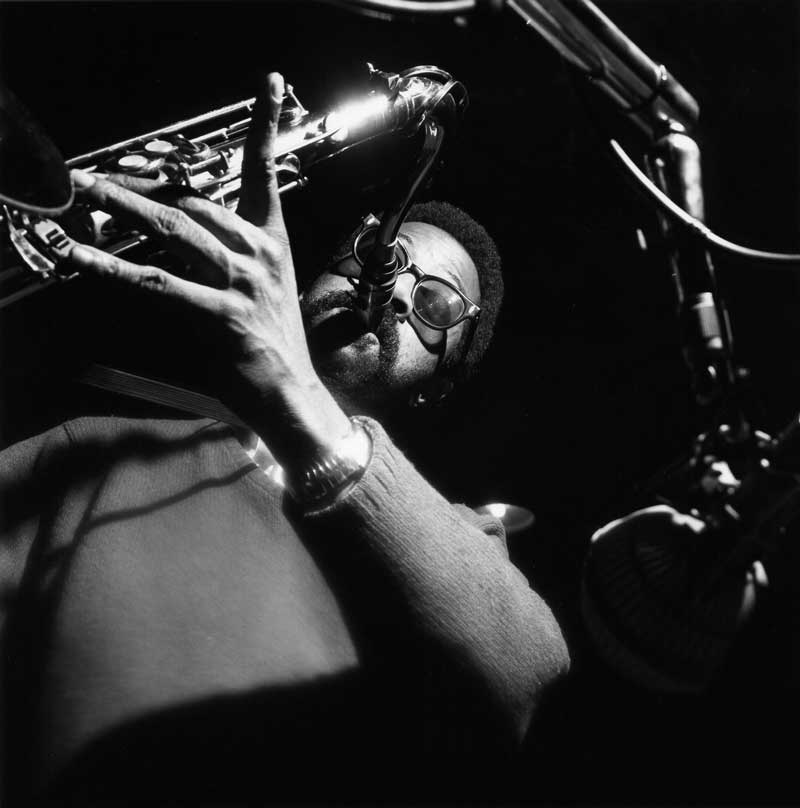
Why did you choose to have a tenor saxophonist as the protagonist of “Blue Giant”?
At first, I thought a trumpeter could be a good choice. It’s a gorgeous instrument. I love Clifford Brown and Dizzy Gillespie. On this compilation, “The Three Trumpeters” is especially recommended for trumpet players – with Nicholas Payton, Wynton Marsalis and Roy Hargrove.
However, when it comes to instruments unique to jazz, I think the saxophone is “the one”. It can never be the star in a classical orchestra, but it shines in jazz. I also like its shape. The neck is bent once, that’s really simple and cool. Also, going back to my college days, the name of the coffee shop where I went to school was “Jazzland Coffee,” and the J in the logo was an illustration of a tenor saxophone. Lastly, I really like the tone of the tenor. It’s big, and it has a certain presence…
How do you keep up with new jazz musicians while you’re busy writing?
I get information from various places. I remember when I went to a jazz bar in Hirosaki City in Aomori Prefecture a few years ago. I requested a record by Joe Henderson, and the owner, who was quite an older gentleman, said, “This one I bought recently is amazing,” and he went on to play me Robert Glasper’s “Black Radio 2”, which had just come out.
The saxophonists I’ve been liking lately are Patrick Bartley and Immanuel Wilkins. They feel very contemporary to me. I also like Georgian pianist Beka Gothashvili, who works with Stanley Clarke. I’m sure there are countless more good new musicians out there.
What do you think is the general appeal of jazz music?
Jazz is music that really shows how people are making it. Very different people get together, form a group, and show their individuality. It’s music to be enjoyed.
